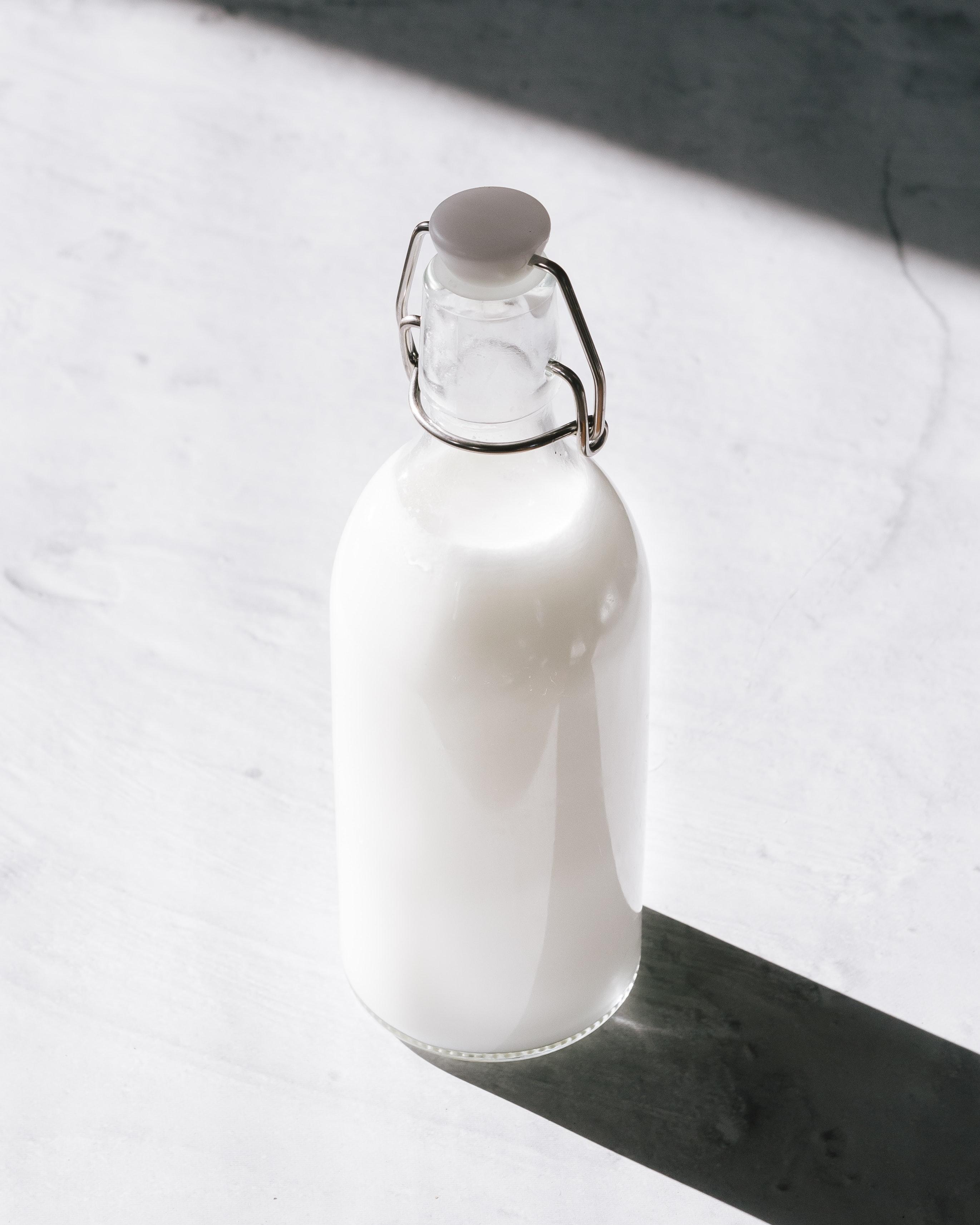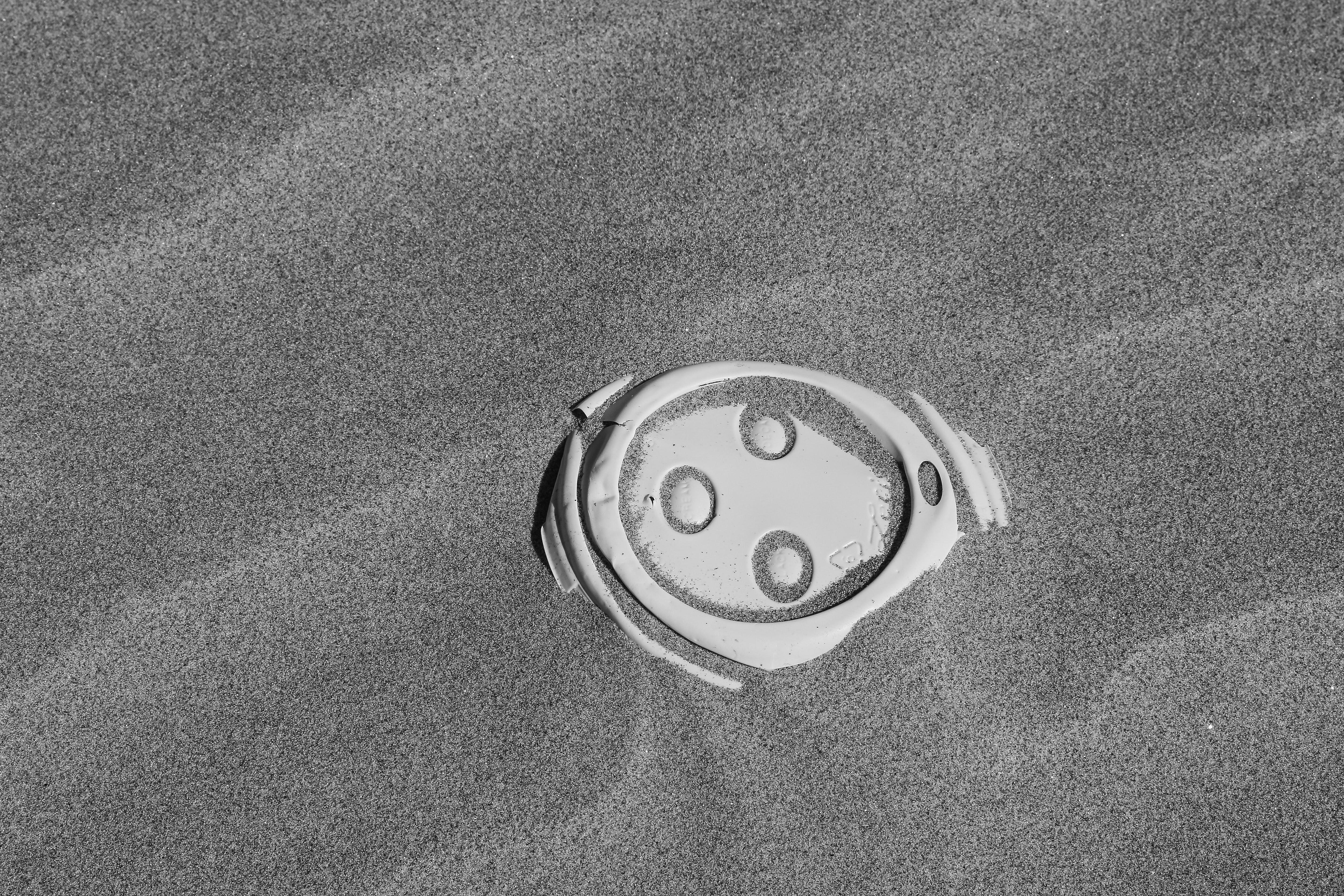Reuse vs. Dispose
Reusable containers save CO₂ and reduce plastic pollution. Whether it's the juice bottle from the supermarket or the to-go cup coffee around the corner. Since even these small acts in everyday life make an incredible impact on our CO₂ balance, let's take a closer look. How much CO₂ do we actually save? How can you build bridges to effectively incorporate reuse into your everyday life?
Before we start, a little recap from the last blogposts on the topic of zero waste:
💡 Each German causes about 457 kilograms of household waste per year.
💡 A whole 38 million tons of waste are generated every year in Germany
💡 There are five garbage islands floating in our oceans
💡 There are already more than 200 million tons of plastic waste in the sea
💡 An estimated 3 million tons are added each year
💡 Per capita, Germans consume around 18 plastic bags per year.
💡 That's a total of around 1.49 billion bags in Germany per year.
💡 Roughly 60 g of CO₂ is emitted for a paper bag. 37.8 g of CO₂ for a recycled paper bag.
💡A German citizen consumes 140 bottles of mineral water per year.
💡 Tab water is 140x cheaper than bottled water.
💡Drinking water causes < 1% of the environmental pollution that mineral water causes.

Plastic consumption is a problem, that's for sure.
But how can we solve this problem?
At first glance, Germany has a wonderful deposit system. For plastic beverage bottles, for glass, and for aluminum cans. But not everything included in the deposit system is reusable. Some plastic bottles and aluminum cans are disposable, and their share in the deposit system is increasing: currently 56%. Why is this so? The reason is the profit from deposits when not all bottles are returned. In addition, retailers can resell aluminum cans and PET bottles to recycling companies or, for example, the textile industry for a profit. Thus, cans and PET bottles are increasingly newly produced and passed on for downcycling.*
What are policymakers doing?
Through the Packaging Act of 2019, politics also supports reusable systems. The reusable quota is to be increased from 45 to 70 percent by 2021.
What is the public doing?
Consumers are even going one step further and want to get rid of single-use products in the catering industry. For to-go cups or food, clever minds such as Recup or Tiffin-Loop have developed deposit systems with which, for example, the individual coffee cup can be returned, washed, and reused several thousand times. In the food trade, too, there are now suppliers who offer dairy products, dried foods, and many other foods in supermarkets in deposit jars.
"For to-go cups or food, clever minds such as Recup or Tiffin-Loop have developed deposit systems with which, for example, the individual coffee cup can be returned, washed, and reused several thousand times."

Reusable is therefore a good solution in many respects:
♻️ PET reusable has the best CO₂ balance than glass due to its low weight during transport. However, as mentioned above, PET bottles are always produced from new PET, which is made from crude oil.
♻️ Returnable glass consists of up to 90% used glass The industry is reducing the weight of the bottles more and more to save CO₂.
♻️ Returnable glass can be reused up to 50 times. If the bottle is reused >20 times, the energy balance is super. In contrast to that, PET bottles are not refilled as often.
♻️ Reusable glass has a good ecological balance if the transport distances for filling and sale are less than 500 km.

The issue of to-go cups is also a hot one.
Here too, reusable cups are better than disposable cups. According to the German Federal Ministry for the Environment, about 320,000 disposable cups are consumed PER HOUR alone in Germany. Of these, up to 140,000 are to-go cups. Since the amount of plastic waste is rising and rising - to be precise, according to the Federal Environment Agency, there was a 3.9 percent increase from 2015 to 2017 - we sense the great potential for savings here and a great need for improvement.
"According to the German Federal Ministry for the Environment, about 320,000 disposable cups are consumed PER HOUR alone in Germany."

How you can integrate reuse and recycling into your everyday life:
1. Buy reusable instead of disposable
Whether reusable in glass or in plastic. Both are better than disposable bottles. So look for the deposit sign on the bottle. Not only will you be doing something good for the environment, but you'll also get your deposit back at the end of the day.
2. Hard plastic is better when you buy globally
Hard plastic bottles are significantly lighter than glass bottles, but can only be reused a maximum of 25 times. Nevertheless, hard plastic bottles have the advantage that they significantly reduce the transport weight of the contents. So if you are buying food from overseas, the hard plastic deposit is the more sustainable alternative.
3. Glass is better when you buy locally
If the transport distance of glass bottles is short, i.e. the contents come from the immediate vicinity, e.g. juices or honey from the region in the glass, then the glass option is clearly better than hard plastic. Glass can be reused up to 50 times and it is easier to recycle.
4. Wallet, keys, to-go cups
As with the cotton bag, we need to build a little automatism into our minds that ensure we don't leave the house without a to-go coffee cup. Who knows when we might run into an old friend and want to spontaneously grab a coffee?
5. Do not crush
To guarantee that the bottles can be reused, please do not create dents or other damage to the reusable bottles. They can only be reused if the shape is still right. And most importantly, if no chemicals have been subsequently filled in there.
6. Donate your deposit
Meanwhile, at some deposit machines, you can donate your deposit to charitable, socially, and environmentally sustainable causes. It's a nice opportunity to support something good.
But how much CO₂ can this actually save?
Compared to reusable bottles, disposable bottles are transported over longer distances because they are filled in fewer plants and sold en masse throughout Germany due to the supply in the discount sector. This also affects the CO₂ balance of mineral water in single-use plastic bottles: With 450 kilometers, they are transported almost twice as far as refillable bottles. The latter are transported an average of only 260 kilometers.
Overall, mineral water from refillable bottles emits only half as much CO₂ over its entire life cycle compared to single-use bottles. If we manage to switch from single-use plastic bottles to reusable bottles, each and every one of us can save 21 kg of CO₂ per year. This is about half the CO₂ savings that could be achieved by a nationwide speed limit of 120 on highways.
In the PLAN3T app, you will find challenges on the topic of Zero-Waste, for which you can now grab double Planet Coins for a month. Try your hand at 'Buy reusable instead of disposable' and 'Reuse your to-go cup' and track your success every Sunday. Over the coming weeks, new challenges will be added, which we will take a closer look at in the next blog posts. We hope you have fun trying out the challenges. If you have ideas for future blog posts or any other questions, feel free to write to us at hello@plan3t.one or contact us on Instagram, Facebook, or LinkedIn.
